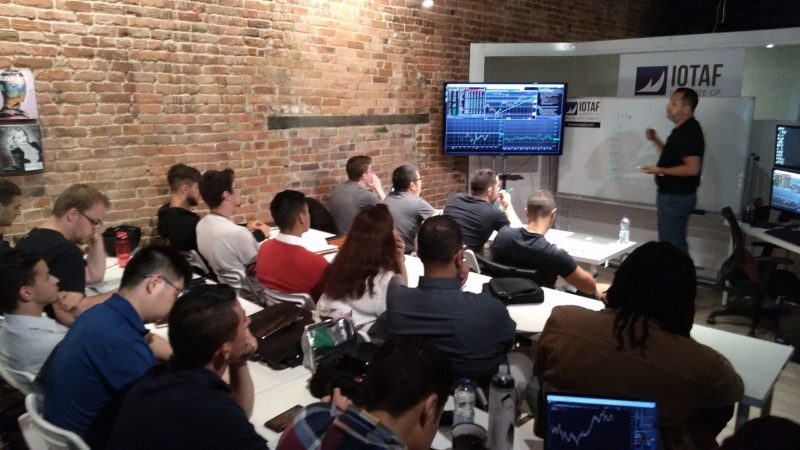Monday, we kicked off our weekly strategy session with a discussion about the difference between a successful trade and successful trading and what are the fundamental components of each one of them. These are concepts
Successful trade
Novice traders will quite often think that a successful trade is 99% about getting the direction right and the rest is less important. All they care is to know if the product they are trading is going up or down. This is completely wrong. Actually, getting the direction right is not more than 5% of a successful trade.
If the direction is only 5% of a successful trade, then what is the remaining 95%?
First of all timing, we often forget timing and we don’t put enough emphasis on it. Sometimes the market is not ready to go, maybe is not going today, maybe it will be tomorrow. We can get the direction really well, but somehow the market will punish you for not getting the timing right. This can make us angry, frustrated, messing up our psychology.
Entry price, just as with timing, you could be right, but if you have the wrong entry price, you will probably end up being shaken out or squeezed, forcing you to get out at a loss, which again can make you doubt your trading skills.
Another factor is having the wrong stop loss. If it’s too tight, if it’s in the wrong place, many times, you will lose money, just because you didn’t leave enough breathing space for your trade. Every market has a different breathing space, some markets need more room than others, and as a trader, this is part of you knowing the necessary breathing space for every product you trade.
A successful trade requires confidence, without it, you won’t pull the trigger, you won’t trade with size, it can impact your entry price, your timing, your stop loss, so it is not to be neglected.
Greed can have a negative impact on your trade, you can get everything right, but if you are greedy, you can end up turning a winning trade into a losing one, essentially destroying the success of your trade. As we teach at IOTAF, nobody ever blew up their account by taking profits.
Your state of mind also has an enormous influence on the end result of your trade. If you have an odd day, even a good trade could turn out to be a bad trade because it can unbalance all these factors. It’s important as a trader to work on your state of mind, to make sure that you are calm, you are confident, your infrastructure, your surroundings, because all these factors have a bigger impact than direction.
The bottom line is that you should not focus too much on the direction, you risk losing sight of everything else that is way more important in making your trade successful.
Successful trading
When it comes to tradING, believe it or not,
Psychology takes up the biggest chunk of the pie, 90%. Not being greedy, being patient, being disciplined, will all make your psychology stronger and will make you better at trading. The remaining 10% will come from access to information, infrastructure, etc… It is essential for you to focus on your psychology, study yourself, see what are your strengths and develop them, find your weaknesses and overcome them. This is why we spend so much time at IOTAF on working one-on-one with our students to help them become better at trading. This is why our programs include a lifetime of mentorship and the possibility for our students to retake our programs as many time as they feel it’s necessary. Becoming successful at trading takes time and we are committed to the IOTAF promise.

